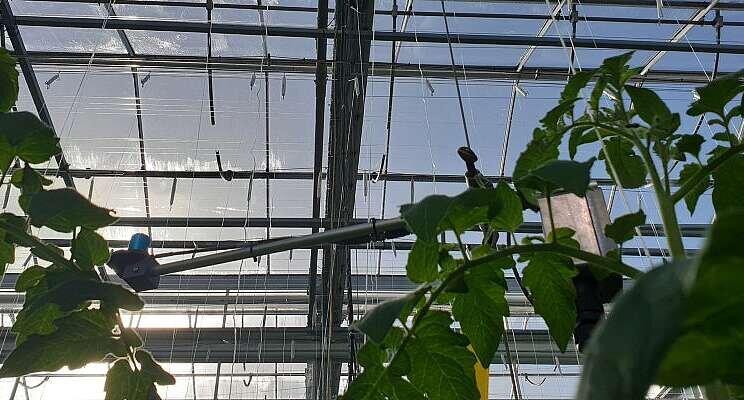WUR investigates transparent and energy-efficient coating
Added on 20 April 2022

Glass with a 'low emission' coating from glass manufacturer AGC has a high light transmission and can nevertheless result in energy savings of approximately 20 percent according to the calculations. But the coating also ensures a slightly higher temperature in the greenhouse - especially in the summer - and because the glass becomes warmer for less condensation.
As a result, less dehumidification takes place against the greenhouse roof. To prevent cultivation problems, the greenhouse will therefore have to be ventilated a little more. In other words: more heat and CO2 potentially disappear from the greenhouse during dehumidification. And that can affect production. Due to state-of-the-art dehumidification with latent heat recovery, the demand for dehumidification via the vents will decrease in any case.
Photo Courtesy of Wageningen University & Research
Source: Wageningen University & Research
More news















